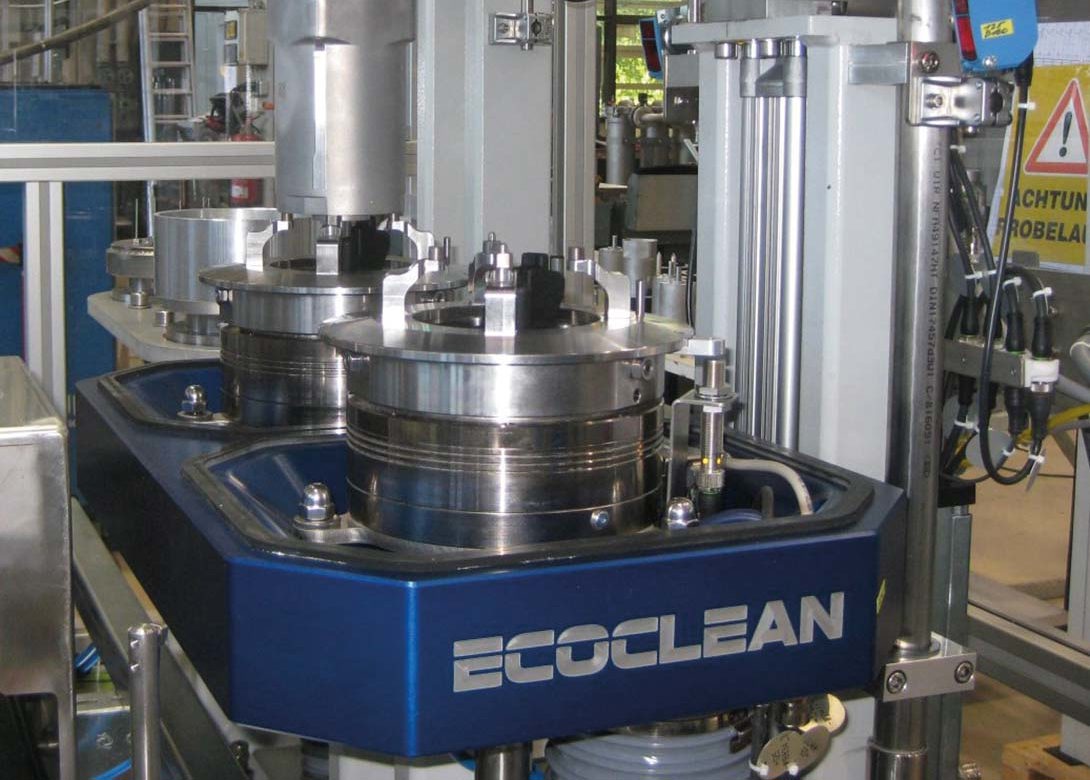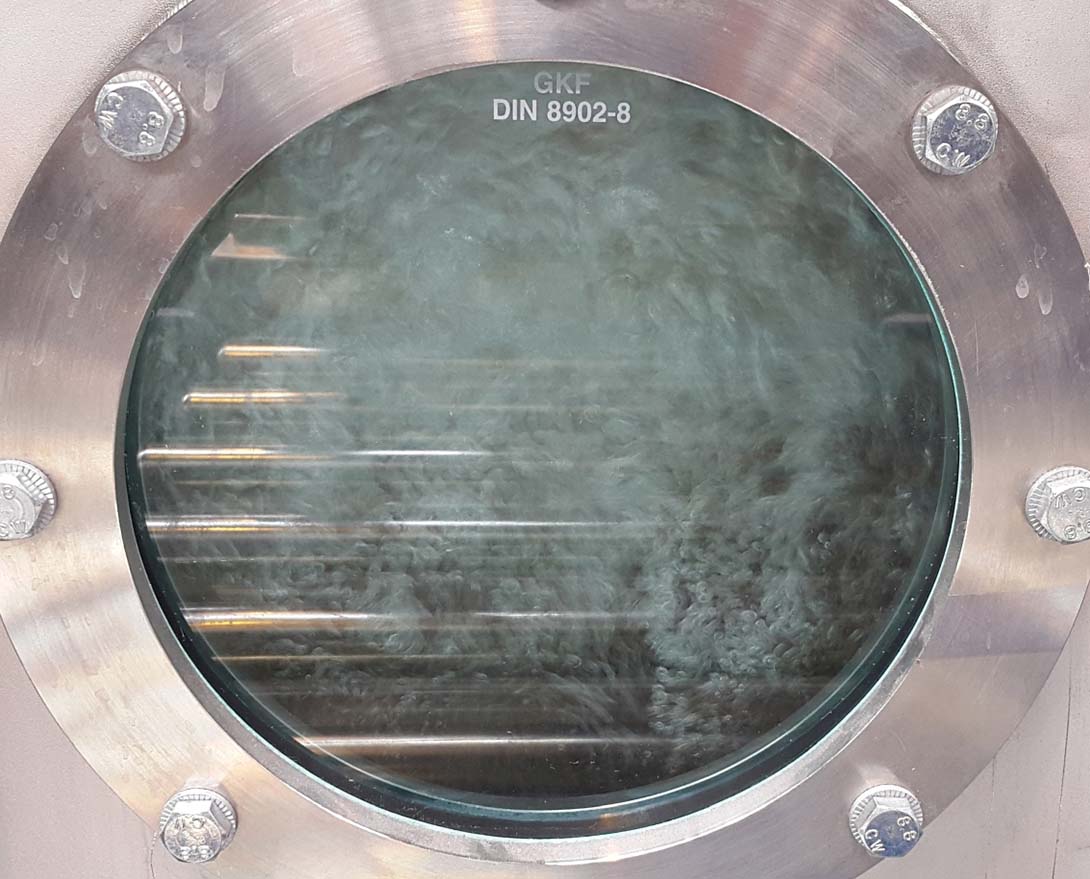
Parts cleaning has become a quality critical manufacturing step in all industry sectors. Often it takes great effort to reproducibly meet particulate and film-type cleanliness specifications. At the same time, cleaning is to be done at the lowest possible cost and be highly sustainable. These contradictory requirements imperatively call for processes and machines tailored to specific needs.
From machine and plant engineering, electrical and power engineering to connecting elements, the so-called general industry contains a multitude of sectors. In these industry sectors, components of the most diverse materials such as metals, plastics, ceramic and composite materials are manufactured and processed using very different manufacturing technologies.
Products include, for example, cast and machined parts, stamped, bent, pressed and deep-drawn parts, hydraulic parts and, more and more, additively manufactured components. Although the parts are manifold, they have one thing in common – to ensure the quality of downstream processes such as machining, heat treatment, coating, bonding and assembly, and to guarantee lasting functionality, they necessitate cleanliness levels in-line with requirements. In many areas, ever higher requirements concerning particulate and film-type cleanliness must be met. There are also often added challenges such as high throughput rates and weights, a strongly varying range of parts to be cleaned, short delivery times and also small margins in some cases.
 This means there are different requirements for part cleaning. As a supplier of complete future-oriented, flexible and energy efficient solutions for industrial parts cleaning, Ecoclean covers the complete range of wet chemical procedures. Cleaning processes and systems for batch or single part cleaning can be optimally adapted to the respective specifications. To do so, the following factors have to be taken into consideration: Material, size, geometry and weight of the part, type and quantity of contaminants, downstream process, and the resulting cleanliness specifications, and throughput requirements. On this basis it can be determined whether the contaminants can be removed most effectively with a water-based detergent, an environment friendly solvent or a modified alcohol with lipophilic and hydrophilic properties. What is more, this information enables engineers to define the best suited process and drying technology.
This means there are different requirements for part cleaning. As a supplier of complete future-oriented, flexible and energy efficient solutions for industrial parts cleaning, Ecoclean covers the complete range of wet chemical procedures. Cleaning processes and systems for batch or single part cleaning can be optimally adapted to the respective specifications. To do so, the following factors have to be taken into consideration: Material, size, geometry and weight of the part, type and quantity of contaminants, downstream process, and the resulting cleanliness specifications, and throughput requirements. On this basis it can be determined whether the contaminants can be removed most effectively with a water-based detergent, an environment friendly solvent or a modified alcohol with lipophilic and hydrophilic properties. What is more, this information enables engineers to define the best suited process and drying technology.
A matching process technology minimises cleaning cost
In order to minimise the cost per cleaned part, it is necessary that the existing cleanliness specification is not only reliable, but also quickly reached. Therefore the systems are equipped with various application specific treatment technologies such as spray, high pressure, immersion, ultrasonic and plasma cleaning, vapour decreasing, injection flood washing, deburring, pulsated pressure cleaning (PPC) as well as a passivation/preservation process – as required.
By combining these cleaning procedures, the cleaning result and duration for the specific parts can be influenced in a pinpointed manner. The PPC procedure in combination with an aqueous or solvent-based immersion cleaning for example, reliably and quickly removes contaminations from small cavities. In case of complex and bulk parts, spray processes and injection flood washing with adjustable nozzles between 10 and 16 bar also deliver markedly improved cleaning results and shorter process times in solvent cleaning processes.
Quality and cost can be optimised by combining processes that formerly required several machines in one single cleaning system. Among them are chamber machines designed for solvent-based or aqueous batch cleaning with a subsequent low pressure plasma process. Among other things, this method effectively and efficiently prepares the part surface for a subsequent coating or bonding. Ecoclean’s extensive product range also offers the respective solutions for pinpointed deburring and cleaning of single parts, for example hydraulic and motor components in one system.

Biog
Having spent a decade in the fastener industry experiencing every facet – from steel mills, fastener manufacturers, wholesalers, distributors, as well as machinery builders and plating + coating companies, Claire has developed an in-depth knowledge of all things fasteners.
Alongside visiting numerous companies, exhibitions and conferences around the world, Claire has also interviewed high profile figures – focusing on key topics impacting the sector and making sure readers stay up to date with the latest developments within the industry.








